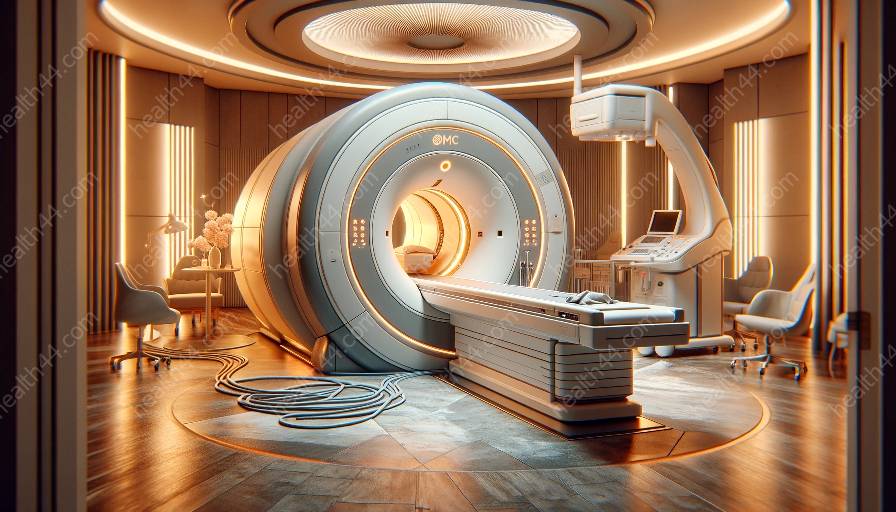Magnetic Resonance Imaging (MRI) machines have undergone significant advancements and continue to evolve, revolutionizing the medical imaging landscape. This article delves into the future trends and innovations in MRI technology, exploring the impact on medical devices and equipment.
Technological Innovations
Advances in MRI technology are continuously enhancing imaging quality, clinical capabilities, and patient comfort. High-field MRI systems, such as 3T and 7T, provide higher image resolution and improved tissue contrast, allowing for enhanced diagnostic accuracy.
Furthermore, the development of wide-bore and open MRI systems addresses the needs of claustrophobic and larger patients while enabling more accessible positioning for interventional procedures.
Enhanced Imaging Techniques
Future MRI machines will incorporate advanced imaging techniques, such as functional MRI (fMRI) for mapping brain activity, diffusion tensor imaging (DTI) for assessing nerve fiber bundles, and magnetic resonance angiography (MRA) for visualizing blood vessels without contrast agents.
Moreover, advancements in quantitative MRI techniques, including magnetic resonance spectroscopy (MRS) and chemical exchange saturation transfer (CEST) imaging, hold promise for non-invasive tissue characterization and early disease detection.
Artificial Intelligence Integration
The integration of artificial intelligence (AI) with MRI machines is set to revolutionize medical imaging. AI algorithms can expedite image analysis, automate repetitive tasks, and enable personalized treatment planning based on individual patient data.
AI-powered image reconstruction techniques improve imaging speed and quality, enhancing the overall efficiency of MRI scanning while reducing patient discomfort.
Functional and Therapeutic Applications
Beyond diagnostic imaging, future MRI machines are poised to expand into functional and interventional applications. Real-time MRI-guided interventions, such as targeted biopsies, tumor ablations, and neurosurgical procedures, offer precise visualization and monitoring of therapeutic interventions.
Additionally, the emergence of molecular imaging with MRI enables the tracking of specific cellular and molecular processes within the body, opening new frontiers in personalized medicine and drug development.
Impact on Medical Devices & Equipment
The advancements in MRI technology drive concurrent innovations in medical devices and equipment. MRI-compatible implants and devices, including pacemakers, stents, and surgical instruments, are continuously being developed to ensure patient safety and enable diagnostic and therapeutic procedures within the MRI environment.
Furthermore, the integration of MRI with other imaging modalities, such as positron emission tomography (PET-MRI) and ultrasound (MRI-US), creates synergistic diagnostic capabilities, enhancing the accuracy and depth of clinical information for improved patient care.
Conclusion
As MRI technology continues to advance, the future landscape of medical imaging holds immense potential for improved diagnostic accuracy, personalized treatment strategies, and a deeper understanding of physiological processes. The symbiotic relationship between MRI machines and medical devices & equipment propels the evolution of healthcare, empowering healthcare professionals to provide unparalleled care to patients.


